Relationship between Teas & Chinas.
Dublin29
9 years ago
Featured Answer
Sort by:Oldest
Comments (15)
michaelg
9 years agolast modified: 9 years agojerijen
9 years agolast modified: 9 years agoRelated Professionals
Prairie Ridge Landscape Architects & Landscape Designers · Camp Verde Landscape Contractors · Chelmsford Landscape Contractors · Fort Myers Landscape Contractors · Lake Zurich Landscape Contractors · Merced Landscape Contractors · Shaker Heights Landscape Contractors · St. Louis Landscape Contractors · Tinton Falls Landscape Contractors · Irvington Landscape Contractors · Tyngsboro Landscape Contractors · Placentia Swimming Pool Builders · Castle Rock Siding & Exteriors · Poway Siding & Exteriors · Zion Siding & Exteriorsingrid_vc so. CA zone 9
9 years agolast modified: 9 years agomichaelg
9 years agolast modified: 9 years agomalcolm_manners
9 years agolast modified: 9 years agoArbutusOmnedo 10/24
9 years agolast modified: 9 years agobluegirl_gw
9 years agolast modified: 9 years agoroseseek
9 years agolast modified: 9 years agoAquaEyes 7a NJ
9 years agolast modified: 9 years agoingrid_vc so. CA zone 9
9 years agolast modified: 9 years agoAquaEyes 7a NJ
9 years agolast modified: 9 years agoroseseek
9 years agolast modified: 9 years agoluxrosa
9 years agolast modified: 9 years agoDublin29
9 years agolast modified: 9 years ago
Related Stories
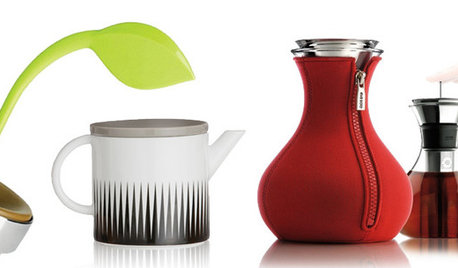
SHOP HOUZZShop Houzz: The Perfect Cup of Tea
The Yunnan province of China is considered the birthplace of tea
Full Story0

DECORATING GUIDESTastemaker: Meet Reiko Kaneko's Modern China
A ceramicist resurrects traditional English bone china in clever new forms
Full Story
DECORATING GUIDES8 Inventive Ideas for Your Unused China
Is your dishware collection gathering dust at the back of your cupboard? Pull it out and let it shine with these eye-catching display ideas
Full Story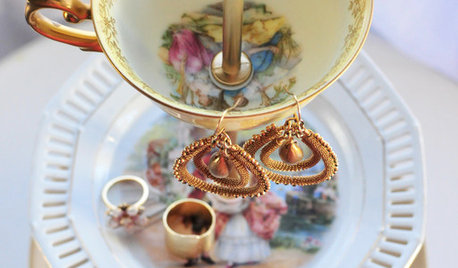
DIY PROJECTSCreate a Pretty Jewelry Stand From Vintage China
Give treasured dishes new life as a beautiful jewelry stand with this DIY project
Full Story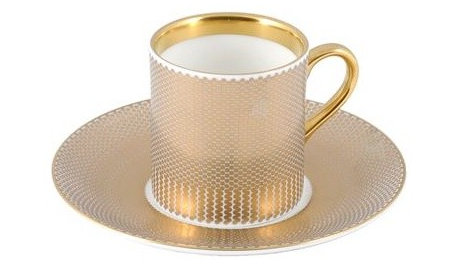
PRODUCT PICKSGuest Picks: You are Invited to High Tea
Create a table worthy of the high tea tradition with fine linen, porcelain and pretty accents
Full Story
SHOP HOUZZHouzz Products: A Special Spring Tea Party
Have your friends over for the loveliest tea party yet with fun serving pieces, tableware and accessories from our Products section
Full Story
LIFEHow Do You Make Your Tea and Coffee in the Morning?
A morning cup is a must for many, and preparation comes in many guises. We look at coffee and tea habits across the Houzz community
Full Story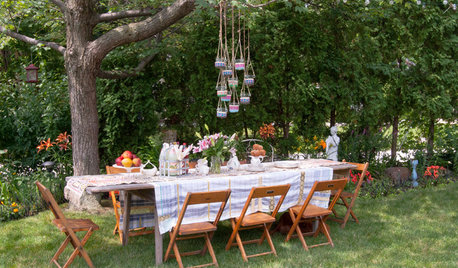
ENTERTAININGHow to Host a Tea Party at Home
Many people are reacquainting themselves with the gracious British ritual, steeped in tradition, that is perfect for an outdoor gathering
Full Story
DIY PROJECTSDining Set Makeover: Paint and Tea-Tinted Fabric Make Old Chairs New
Reclaim dated dining chairs for far less than buying new, using spray paint, modern fabric and a handful of tea bags
Full Story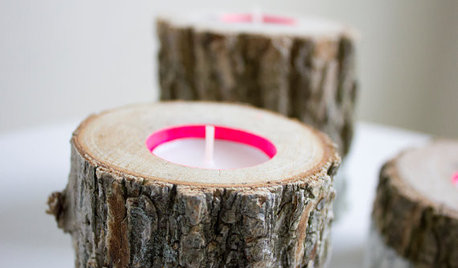
PRODUCT PICKSGuest Picks: Have a Spot of Tea Lights
Set your home aglow with these pretty, rustic, modern and creative tea lights and holders
Full StorySponsored
Custom Craftsmanship & Construction Solutions in Franklin County
More Discussions









Molineux